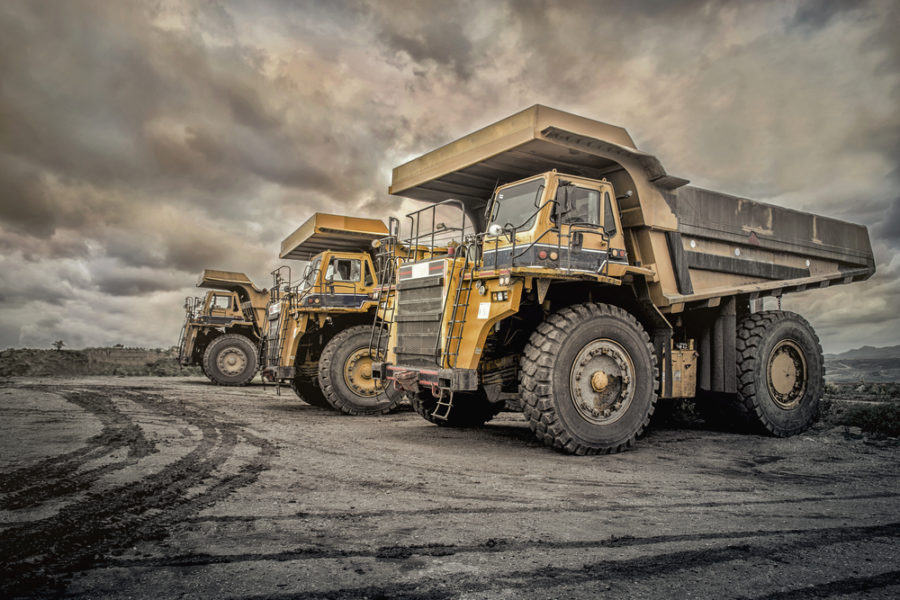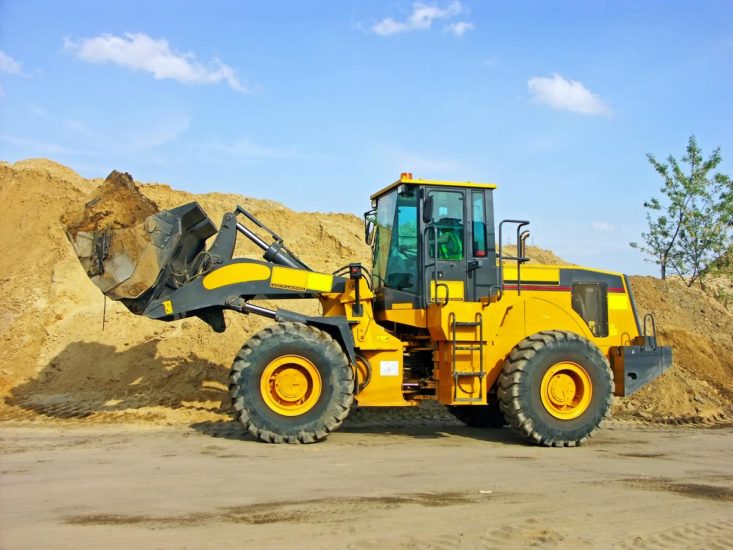Leasing Vs. Acquiring Construction Tools: Making the Right Choice for Your Project
When getting started on a building and construction job, one of the important decisions that project supervisors and stakeholders face is whether to rent out or get construction equipment. The decision hinges on numerous aspects such as cost factors to consider, project duration, devices upkeep, scalability, threat, and flexibility monitoring.
Expense Factors To Consider
When assessing the financial facet of getting versus renting building equipment, the lasting expenditures and in advance expenses must be very carefully considered. Renting equipment frequently requires lower initial payments compared to purchasing, making it an eye-catching alternative for short-term jobs or specialists with spending plan restrictions. Renting out gets rid of the requirement for big resources investments and reduces the economic risk linked with tools ownership, such as upkeep and devaluation expenses. However, over time, continually renting out devices can gather higher costs than buying, specifically for prolonged tasks.
On the various other hand, purchasing building and construction equipment involves greater upfront costs however can result in long-lasting cost savings, particularly for lasting projects or regular individuals. Possessing tools offers adaptability, convenience, and the possibility for resale value once the task is finished. Additionally, having equipment enables personalization and knowledge with particular equipment, possibly raising performance and efficiency on-site. Ultimately, the choice in between renting out and buying construction devices depends upon the project's duration, regularity of use, budget plan considerations, and long-lasting monetary goals.
Project Period

Alternatively, for lasting jobs or recurring building work, getting devices could be the extra affordable alternative. Getting equipment can cause cost financial savings over time, specifically if the devices will be regularly utilized. Furthermore, possessing tools offers a feeling of control over its availability and permits customization to fit specific project needs.

Equipment Upkeep
Given the important function job period plays in determining one of the most cost-efficient method between renting and purchasing building tools, the focus currently changes towards taking a look at the vital aspect of devices upkeep. Proper upkeep is essential for ensuring the optimum performance and durability of building and construction equipment. Leasing tools often features the benefit of having actually well-kept machinery offered by the rental company. This can alleviate the worry of maintenance jobs from the job proprietor or specialist, saving effort and time. On the other hand, having tools calls for a proactive method to upkeep to avoid breakdowns, make certain security, and prolong the devices's lifespan. Routine examinations, maintenance, and timely repair work are required to keep owned and operated equipment in top functioning problem. Factor in maintenance costs when making a decision between leasing and getting, as ignoring upkeep can lead to costly repair work, downtime, and project hold-ups. Eventually, a well-kept construction equipment fleet, whether rented or possessed, is essential for the efficient and effective conclusion of construction tasks.
Versatility and Scalability
In the realm of construction devices management, the facet of adaptability and scalability holds significant significance for project performance and source application. Choosing to rent out building devices provides a construction hoist lift high degree of versatility as it enables for the fast adjustment of tools kinds and amounts based on the evolving demands of a task. Leasing enables specialists to access a vast array of specific devices that may be required for particular tasks without the long-term commitment of possession. This flexibility is especially helpful for tasks with varying demands or uncertain durations (aerial lift rental).
Renting out construction equipment uses the benefit of easily scaling procedures up or down as job demands rise and fall. Professionals can rapidly trade or include tools to match the task's transforming requirements without the restrictions of possessing properties that might end up being underutilized or outdated.
Threat Monitoring
Efficient danger monitoring in building and construction devices operations is extremely important to making certain task success and mitigating possible financial losses. Building tasks naturally include different threats, such as equipment failures, accidents, and task delays, which can substantially affect the project timeline and budget plan. By very carefully considering the threats associated with owning or leasing building try this out equipment, project supervisors can make educated choices to minimize these possible dangers.
Leasing building equipment can use a degree of danger mitigation by moving the responsibility of repair and maintenance to the rental company. This can reduce the economic burden on the project proprietor in case of unforeseen tools failings (heavy equipment rental). Furthermore, leasing supplies the versatility to gain access to specialized equipment for particular project phases, decreasing the danger of owning underutilized machinery
On the other hand, owning building devices provides a sense of control over its use and upkeep. However, this also indicates bearing the complete responsibility for fixings, maintenance expenses, and depreciation, raising the financial threats connected with tools ownership. Cautious risk assessment and factor to consider of aspects such as task period, equipment utilization, and upkeep demands are critical in establishing the most ideal alternative for efficient risk monitoring in building and construction jobs.
Final Thought
In conclusion, when determining in between buying and renting building and construction devices, it is essential to take into consideration cost, project period, tools maintenance, danger, scalability, and versatility management. Each aspect plays a critical duty in figuring out one of the most appropriate choice for the project available. By meticulously assessing these elements, project managers can make an educated decision that straightens with their budget, timeline, and general job goals.
